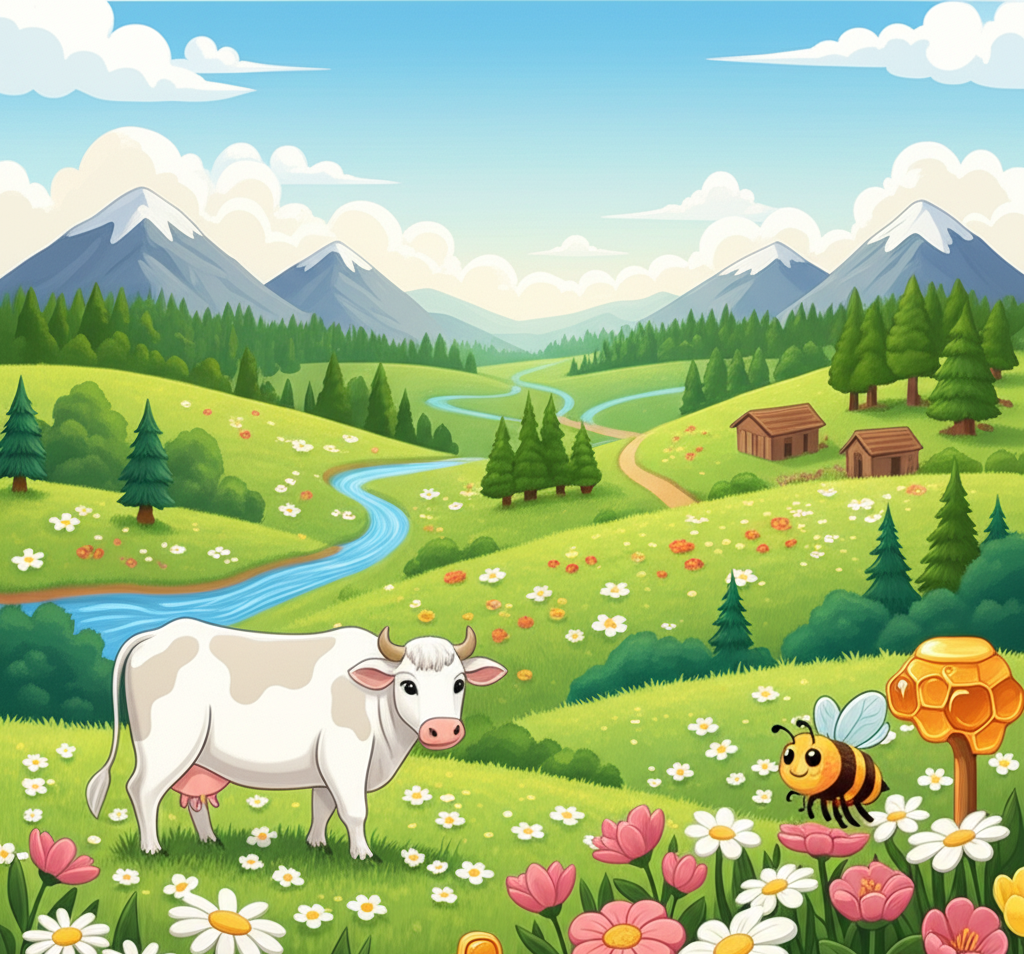In the Bible, Canaan is described as a land with diverse geography and vegetation. Below are
descriptions of the prominent trees, plants, and terrain in Canaan.

Common Trees and Plants
Terrain
- Grapes were commonly grown in Canaan, and wine is frequently mentioned in the Bible. Numbers 13:23 describes, “When they reached the Valley of Eshkol, they cut off a branch bearing a single cluster of grapes. Two of them carried it on a pole between them, along with some pomegranates and figs.”
- Olives and olive oil were significant in both commerce and religious practices. Deuteronomy 8:8 describes it as “land with wheat and barley, vines and fig trees, pomegranates, olive oil and honey.”
- Wheat and barley were staple crops essential to their daily diets. Exodus 9:32 notes, “The wheat and spelt, however, were not destroyed, because they ripen later.”
- Figs were valuable both as food and commercially. Jeremiah 24:3 states, “Then the LORD asked me, ‘What do you see, Jeremiah?’ Figs,’ I answered. ‘The good ones are very good, but the bad ones are so bad they cannot be eaten.’”
- Date palms, an important food source, provided dates. Psalms 92:12 mentions, “The righteous will flourish like a palm tree, they will grow like a cedar of Lebanon.”
- Almonds were also cultivated in Canaan. Genesis 43:11 records, “Then their father Israel said to them, ‘If it must be, then do this: Put some of the best products of the land in your bags and take them down to the man as a gift – a little balm and a little honey, some spices and myrrh, some pistachio nuts and almonds.’”
- Canaan featured numerous hills and mountains, notably the Mount Lebanon range in the north and the Judaean Mountains in the south. Deuteronomy 11:11 describes, “But the land you are crossing the Jordan to take possession of is a land of mountains and valleys that drinks rain from heaven.”
- The region contained various valleys, such as the Jordan Valley, where the Jordan River flows. Genesis 13:10 says, “Lot looked around and saw that the whole plain of the Jordan toward Zoar was well watered, like the garden of the LORD, like the land of Egypt…”
- The plains along the Mediterranean Sea were fertile. Joshua 11:2 refers to “…the northern kings who were in the mountains, in the Arabah south of Kinnereth, in the western foothills and in Naphoth Dor on the west.”
- To the south of Canaan, near the Negev, lies a dry, arid region. Genesis 21:14 recounts, “Early the next morning Abraham took some food and a skin of water and gave them to Hagar. He set them on her shoulders and then sent her off with the boy. She went on her way and wandered in the Desert of Beersheba.”
- The Jordan River and the Sea of Galilee were crucial sources of water for the area. Numbers 34:12 states, “Then the boundary will go down along the Jordan and end at the Dead Sea. This will be your land, with its boundaries on every side.'”
This is an excerpt from the 100 Characters in the Bible book - Part 1 for small groups
Learn more:
